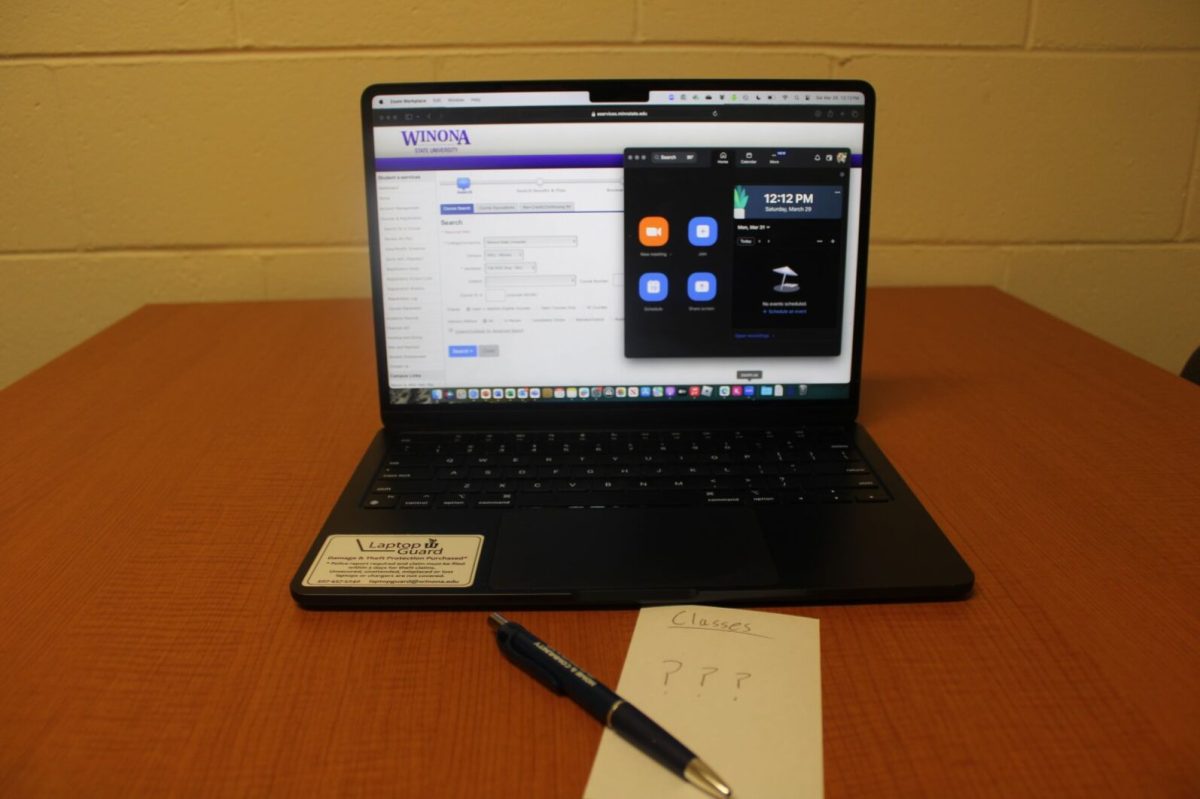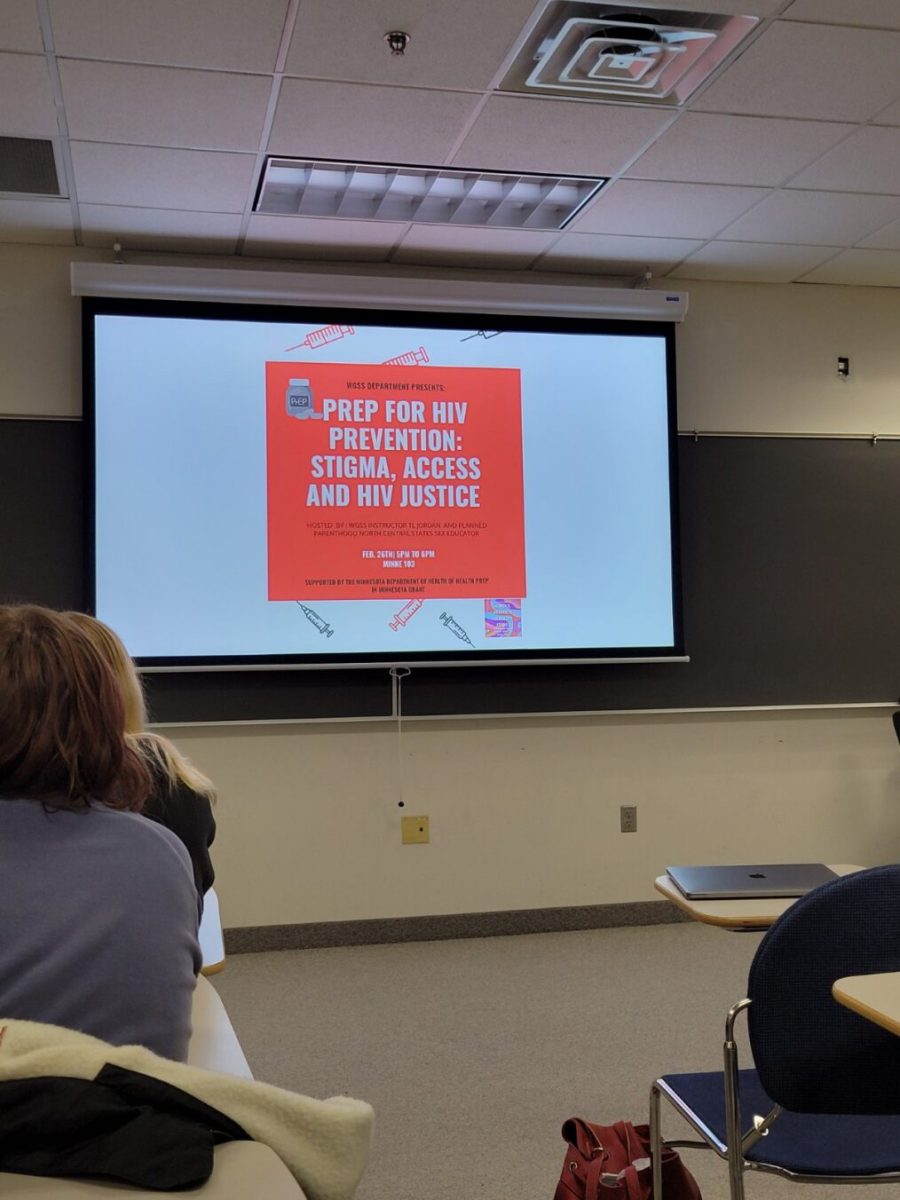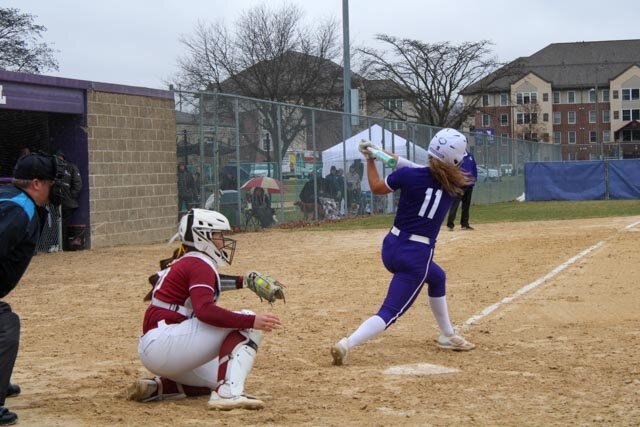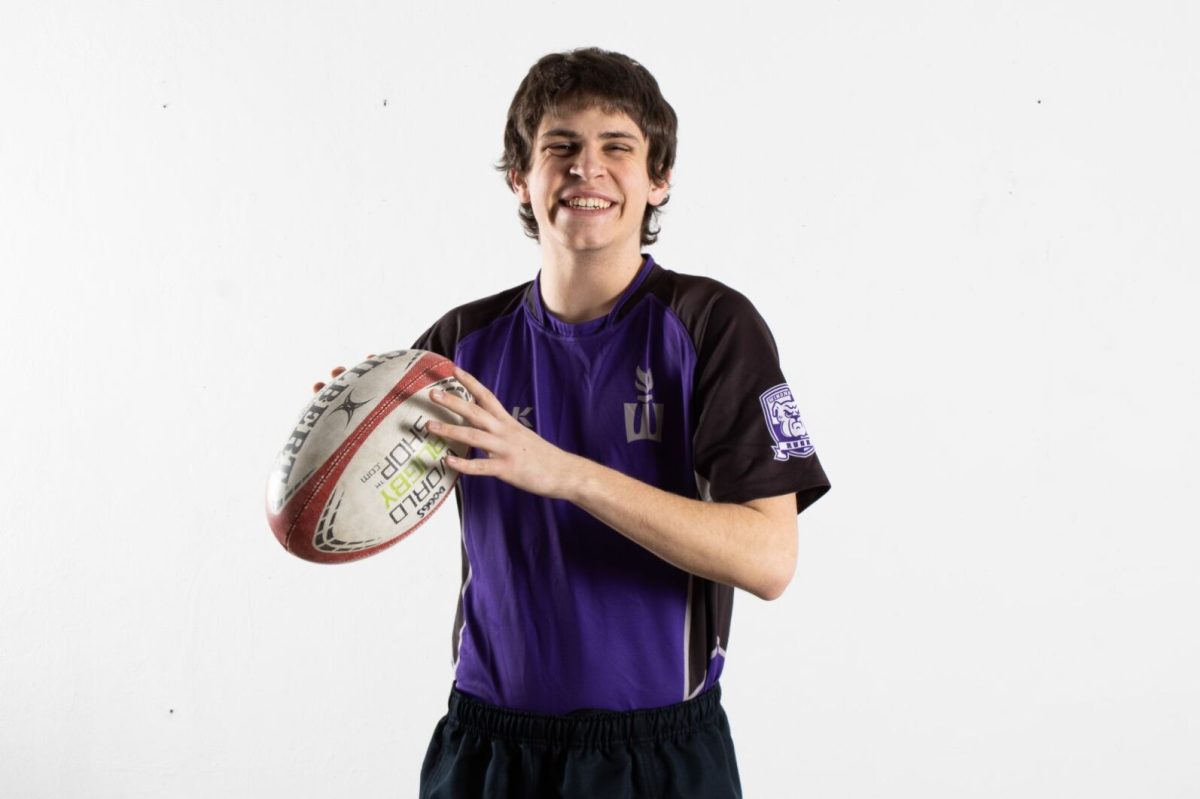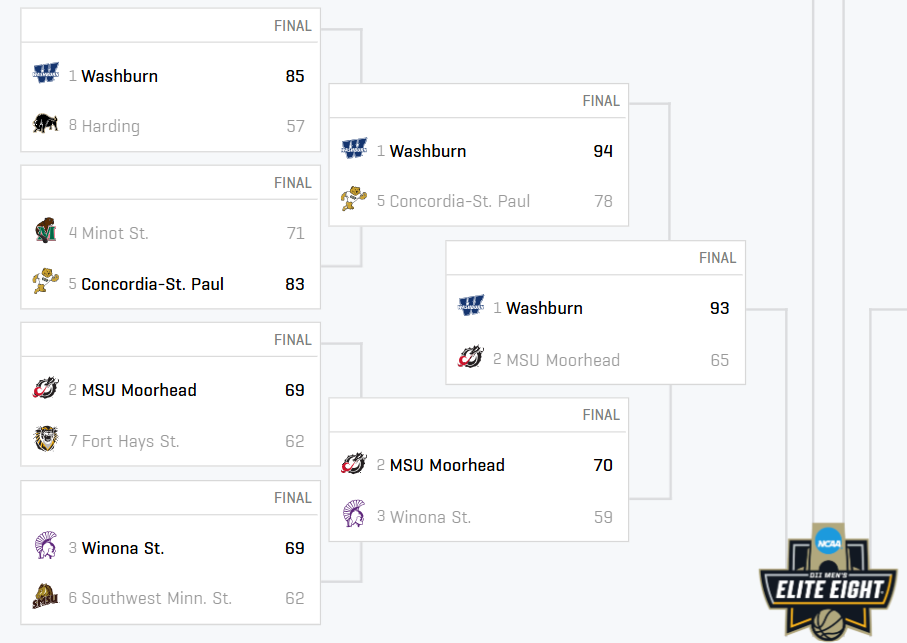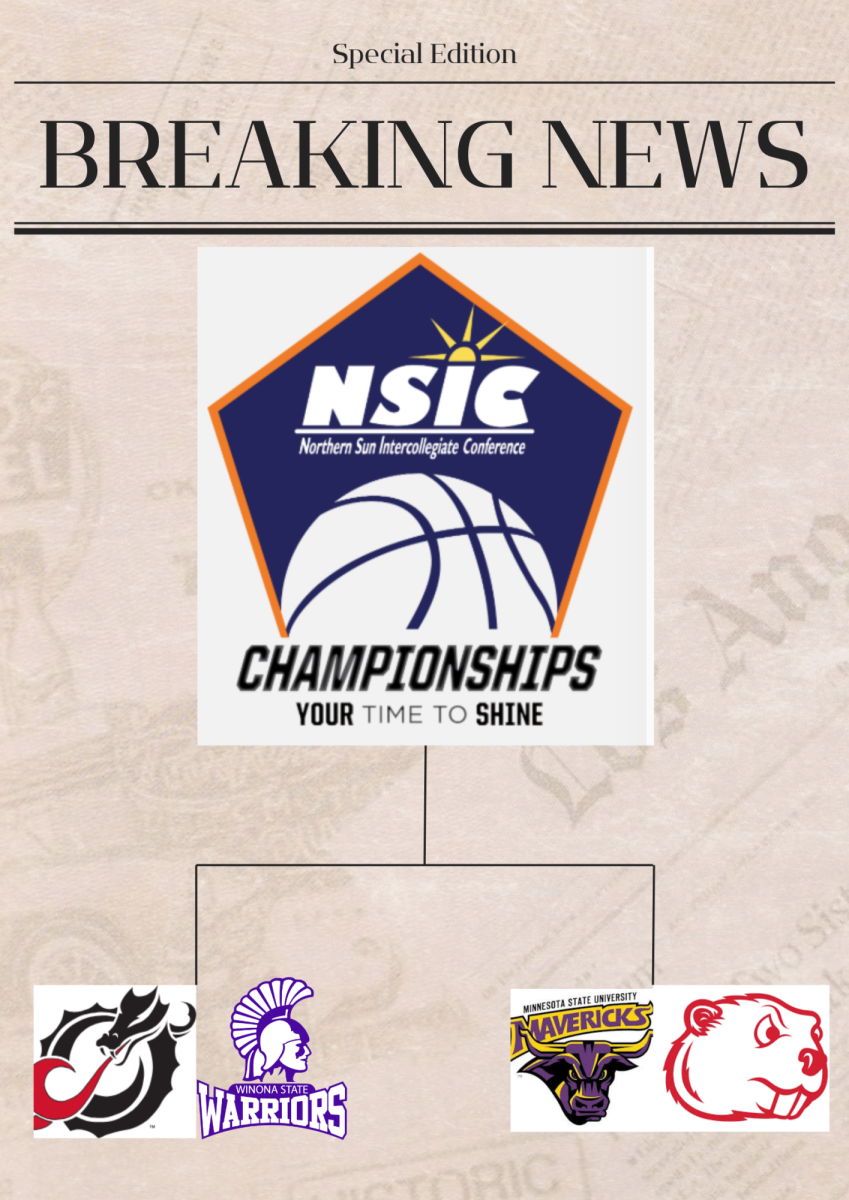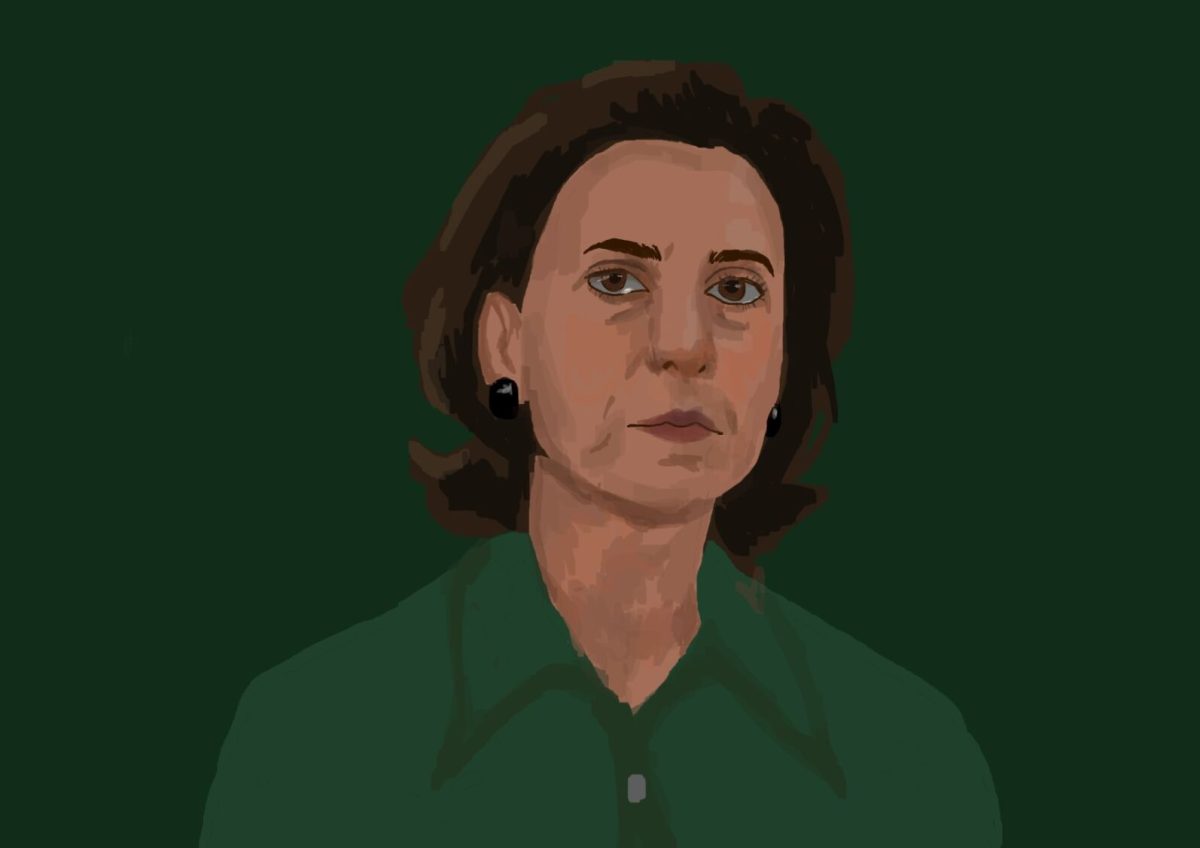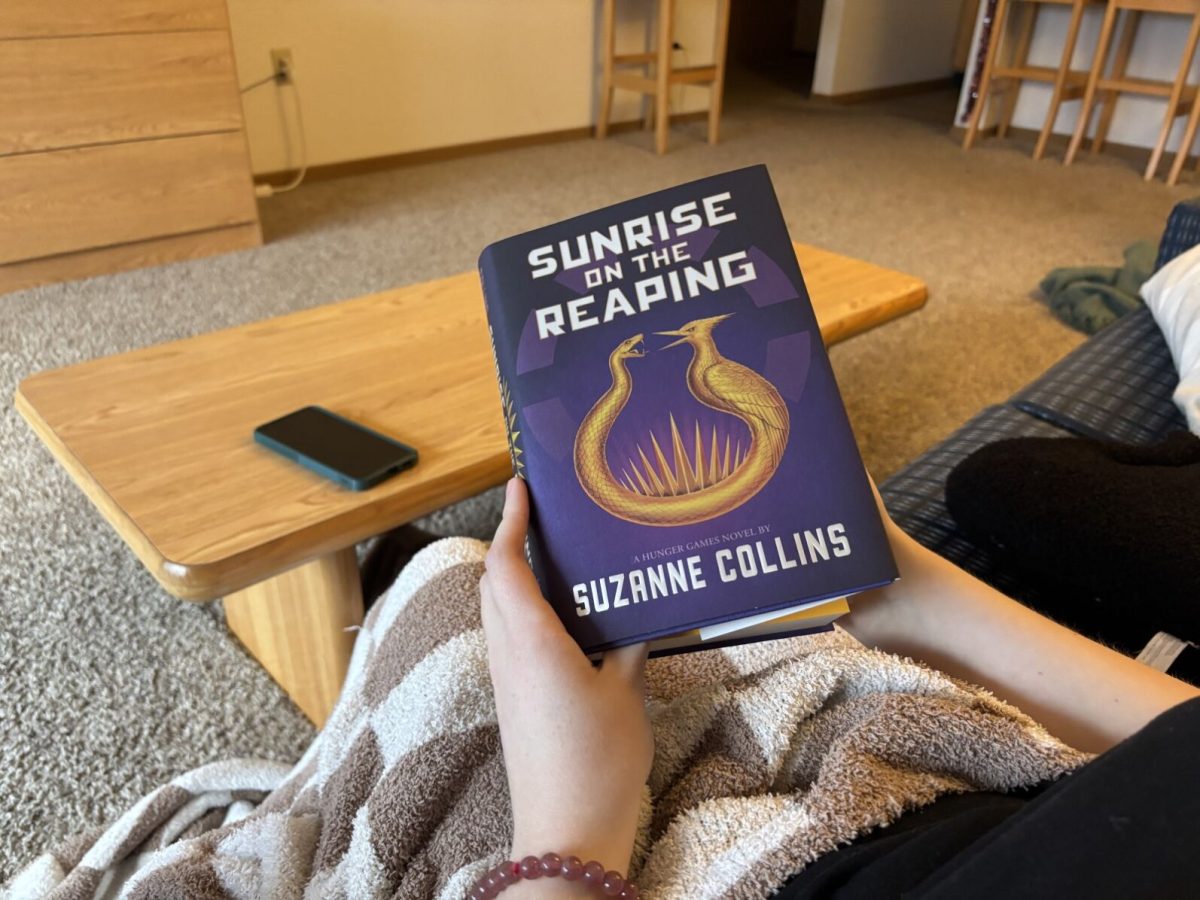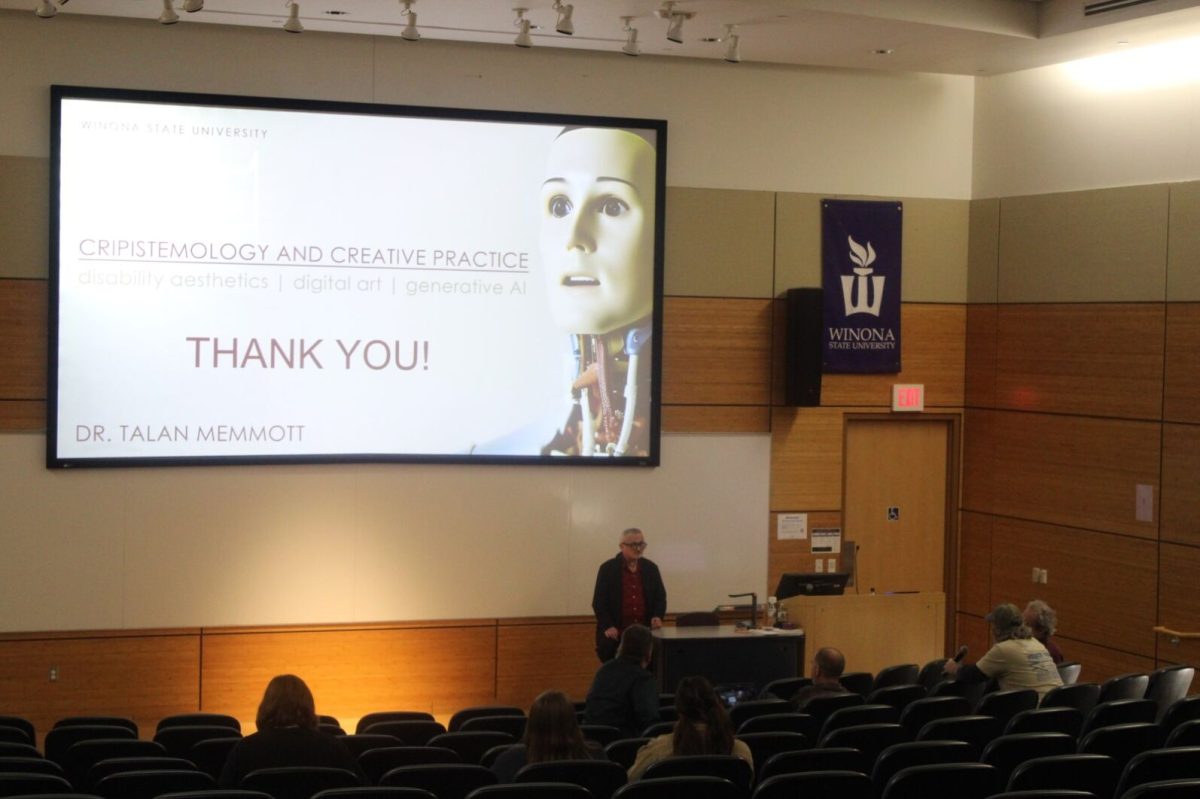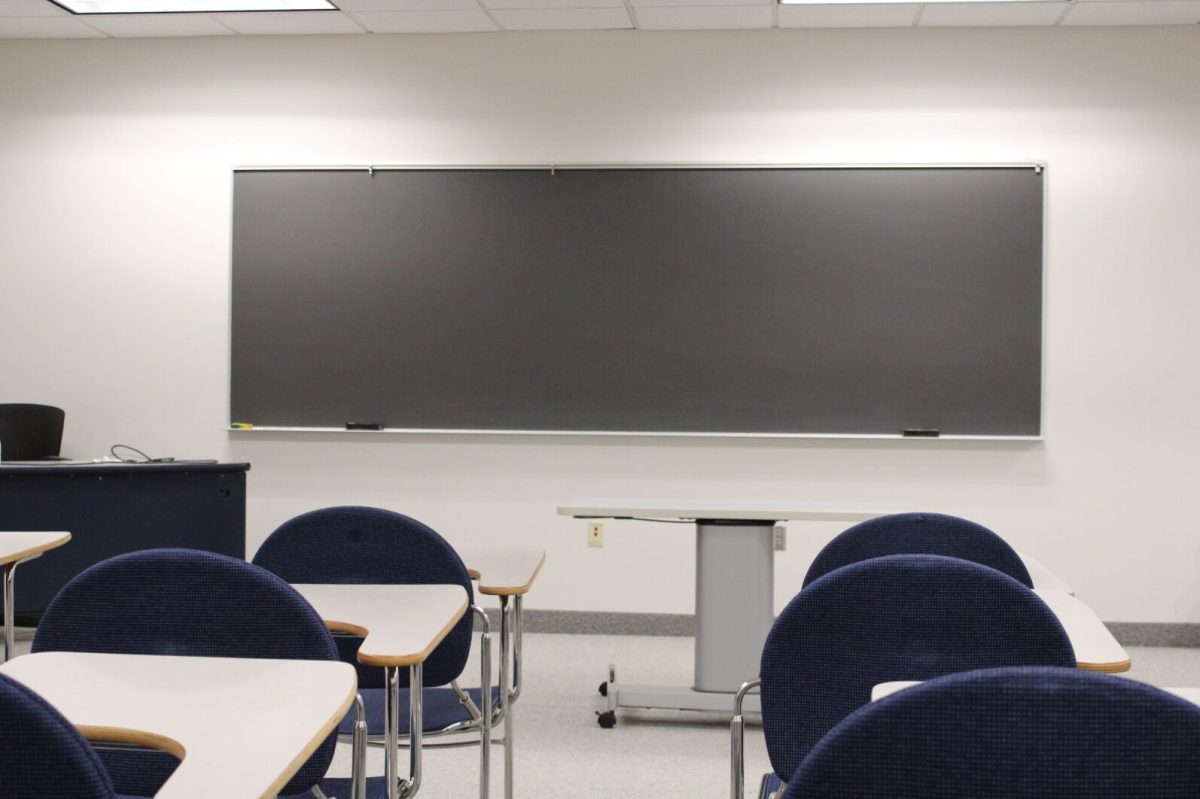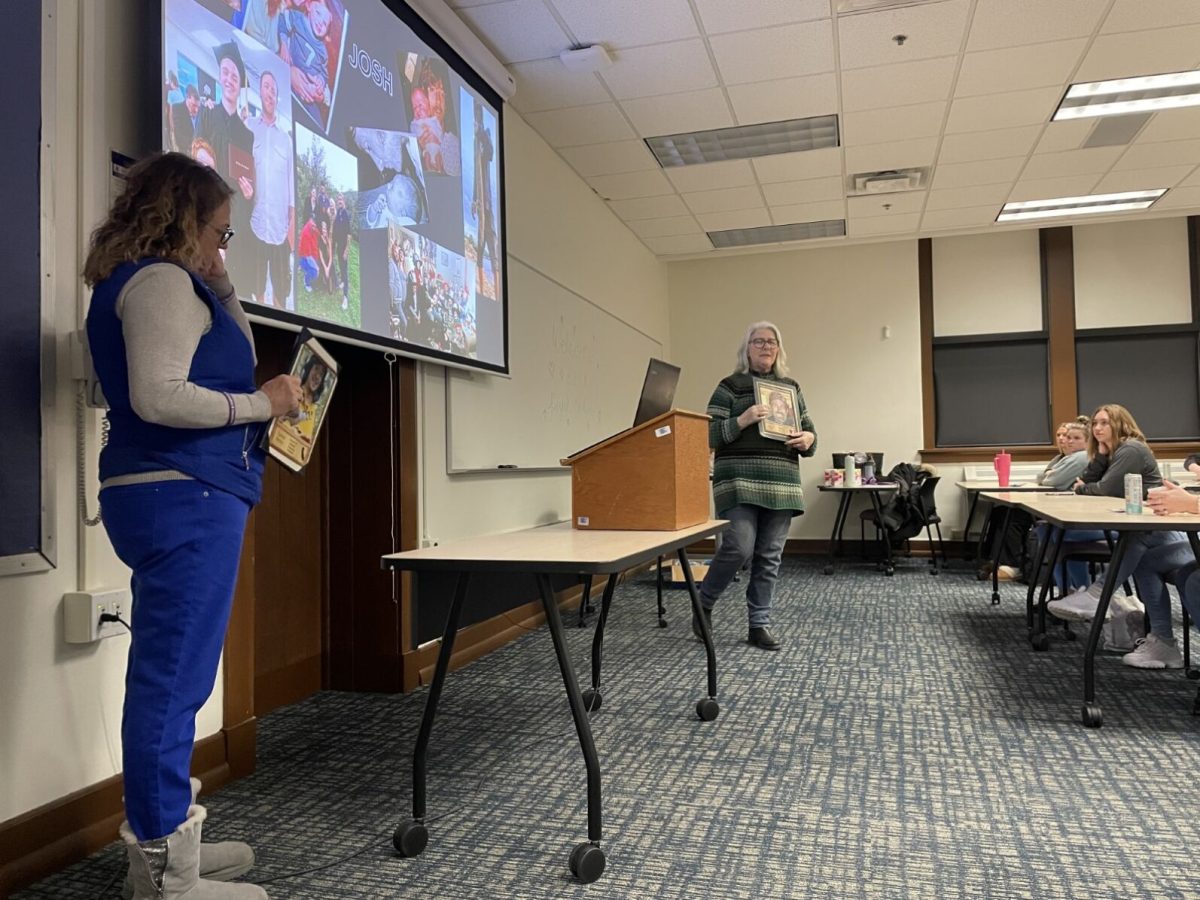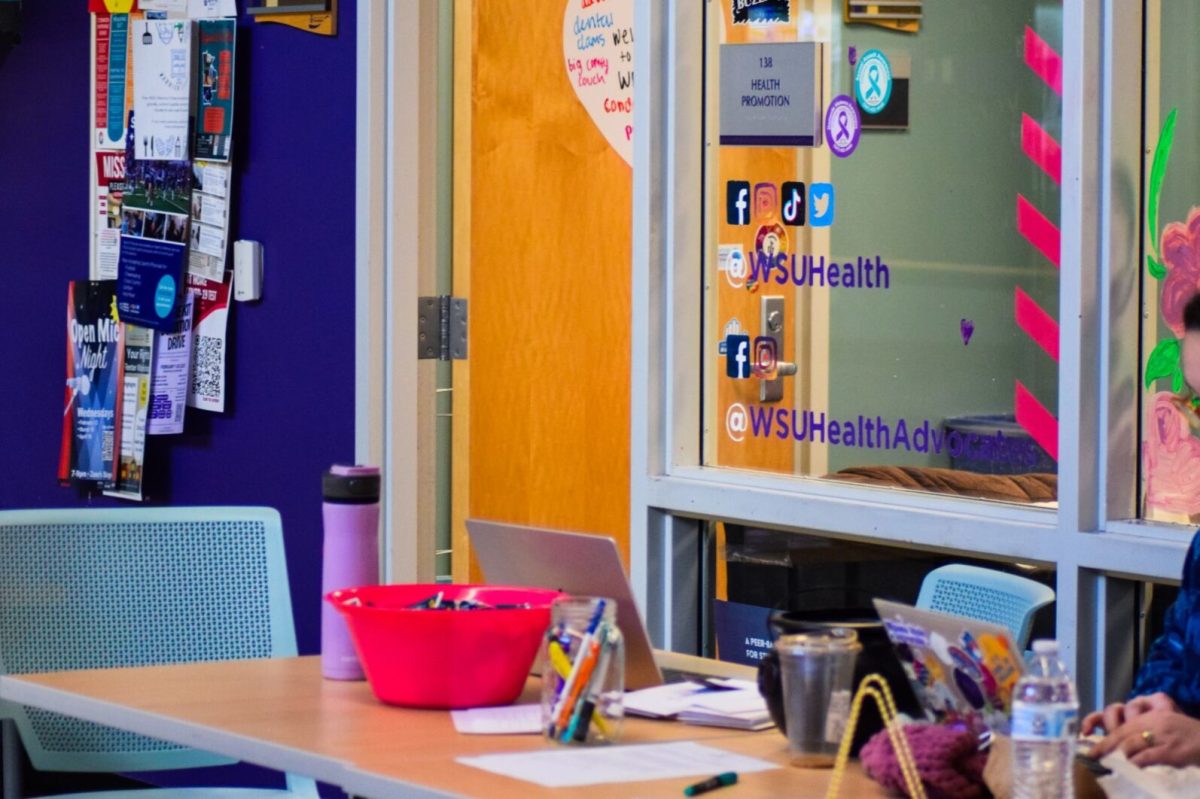Hannah Jones/Winonan
The year 2000 was a big one for Winona State University.
In 1997, the e-Warrior Digital Life and Learning Program had just begun, and three years later, incoming full-time students were all issued laptops as part of a standard package built into their tuition.
Winona State became a laptop university, and the technology became just another part of everyday life. This was a tremendous leap forward in a learning and working world increasingly dominated by technology.
However, it was far from the last step.
At the Athenaeum presentation on Wednesday, Feb. 6, Director of Teaching and Learning Technology Services Ken Graetz and a panel of professors announced that next fall, along with the familiar laptops, all incoming students will also be issued iPad tablets.
Many of the technology buffs who read the above paragraph are probably high-fiving Steve Jobs through a time portal and rocking out to Freebird with their lighter apps, but some may be a little more apprehensive in the face of this technological update.
For some, a laptop is enough of an advance. After the high school dark ages of pencils and notebooks many students are faced with the challenge of learning to control a brand new, foreign device with access to an overwhelming amount of information, the capability to connect to countless people, and the ability to summon a killer Beyonce music video in seconds.
A few students may be asking the same question: “Is this really necessary?”
This is the question Graetz and the professors in attendance strove to answer. In fact, according to Graetz, the potential of the iPad program goes beyond just the 24/7 handheld capability. For the past few years, professors and students have been experimenting with the iPad technology and finding out what this device can bring to the college experience, inside and out of class. Last semester, 19 different courses across disciplines, from computer science to mass communication, integrated iPads into their programs.
Professor Toby Dogwiler of the geoscience department used the iPad to help his students collect and analyze data on site in his Watershed Science class.
With the iPad, students can chart data as they collect it, making their conclusions as they run tests, yielding an experimental process with less fudging and shoehorning to fit the desired result.
Professor Linda Smith found the iPads useful for another kind of on-site data collection. Nursing students often have to practice making visits to people’s homes to collect information on patients. Each visit requires filling out a detailed form with specific information, and using a laptop, said Smith, creates a visual barrier between the student and the interviewee.
To solve this problem, students on these simulated visits began filling out PDFs of the forms using the iPad and a stylus.
The applications for the iPad, even after years of test runs and experimentation, are still in flux. Originally, the iPads were designated more as content viewing devices, while the laptops remained the students’ main content creation devices.
However, as the programs progressed, the line between the two devices began to blur. Students began to rely more on their iPads than on their laptops.
Said Professor Jim Bowey of his trail run using the iPads in his Visual Communications class, the laptop vs. tablet binary existed for about “ten minutes.” From that point on, students were happy to explore, to adapt and to test the limits of this new piece of technology.
Those apprehensive about the new technology might do well to remember how those incoming students felt when they received their first mandated laptop in 2000. The world of technology is in constant flux, and today’s innovations will eventually yield to those of tomorrow.
Near the end of the discussion, Winona State President Scott Olsen said he found the new programs “fascinating.”
“In five years,” he said, “Are we even going to have laptops?”
Contact Hannah at HJones09@winona.edu

